Resistance literature helps Americans better understand the just cause of the Vietnamese people.
Reporter (PV):
Professor, poet Bruce Weigl: It is a long story of memories but I can start from the William Joiner Institute (full name is the William Joiner Institute for the Study of War and its Social Consequences, University of Massachusetts), where I used to work. In the 80s of the 20th century, while many researchers in the US were still hesitant to mention the Vietnam War, the William Joiner Institute pioneered in opening the door to research cooperation and building the first literary bridges. At that time, I remember meeting many Vietnamese writers and poets in seminars such as: Huu Thinh, Le Luu, Nguyen Quang Sang, Le Minh Khue, To Nhuan Vy...
I began to enter the world of Vietnamese literature, studying language and translation. The deeper I went, the more I realized that Vietnam is a beautiful country, the Vietnamese people are hospitable, willing to put behind them the resentment of war. At that moment, I suddenly thought of something: Most Americans only mention Vietnam with the image of a war without knowing about the country in its entirety, so literature will help Americans see further and wider.
PV:
Professor, poet Bruce Weigl: Most of the literary works translated in the US belong to the resistance literature. This is understandable, Americans want to see what the Vietnamese have to say about this war. The earliest translated work is “The Prison Diary of Ho Chi Minh” by Ho Chi Minh in 1971. Next are works about soldiers and revolutionary war by authors such as To Huu, Che Lan Vien, Huy Can, The Lu, Nguyen Dinh Thi, Pham Tien Duat, Hoang Nhuan Cam, Tran Dang Khoa, Luu Quang Vu... published together in the anthologies “Writing between the lines-Writings about war and Its social consequences”; “Mountain river-Vietnamese poetry through the wars 1948-1993”...
Professor, poet Bruce Weigl. |
Nowadays, there is a greater diversity of Vietnamese literary works translated and widely promoted in the US, but resistance literature still plays the dominant role.
PV:
Professor, poet Bruce Weigl: For me, the collection “Poems from the captured documents” published in 1994 left the biggest impression. To obtain this collection of poems, the William Joiner Institute purchased a large number of documents that the US military had captured during the war in Vietnam. Directly reading thousands of microfilms that were captured, what really surprised me was that most of those documents were handwritten poems by Vietnamese soldiers expressing very human emotions such as love, nostalgia, aspiration, ideals... Among them, I was especially impressed with the poem “Nui Doi” by Vu Cao, which appeared in many diaries with bright and honest sentences: “I go to the army, the star on the hat/ Forever the bright star guiding the way/ You will be the flower on the mountain top/ The four seasons forever fragrant with fragrant petals”.
Resistance poetry recorded in the diaries of Vietnamese soldiers always echoes the love for the Fatherland. Along with that, the longing for family and lover seems to be the spice, the catalyst for them to be more confident in the fight. That is the genuine emotion of noble ideals attached to the simple, ordinary life of Vietnamese soldiers.
This is very different from the diaries and notes of American poets who fought in Vietnam, with words full of torment, repentance, rebellion and anti-war sentiment. The collection “Poetry from Captured Documents” was warmly received in the US because it provided a different perspective on the war and the country and people of Vietnam that Americans had not known before for many reasons.
Vietnamese resistance literature shines with humanistic values
PV:
Professor, poet Bruce Weigl: I wonder if that opinion was really said by a Vietnamese person? If so, it is a pity, because I and most Americans are very interested in the value and great significance of Vietnamese resistance literature. It must be affirmed that the first Vietnamese literary works translated in the US were resistance poetry.
If someone says that resistance poetry is only illustrative and one-sided propaganda, then that must be a story from somewhere else, but Vietnam is an exception with impressive works that talk about the combination of ideals and human destiny. And it is also resistance poetry that has provided Americans with the most open and authentic view of the country and people of Vietnam.
PV:
Professor, poet Bruce Weigl: In the US, there is a famous writer Grace Paley who is known as the “Mother of the anti-war movement”. I once heard her tell the story of her journey to access the translation of “Homeland” by poet Giang Nam with emotional verses: “The girl next door - (who would have thought!)/ Also joined the guerrillas/ The day we met, I was still giggling/ Her eyes were round and black (so pitiful!)/ In the middle of the march, she couldn’t say a word/ The unit passed by, I turned my head to look back/ The sky was raining but my heart was always warm...”.
Along with that are the courageous sentences of the Vietnamese people during the resistance war with “The Ca Mau Letter” by writer Anh Duc: “Once, I saw a furnace worker fighting with a homemade gun, using his coal furnace as a fortification. After repelling the raid with the whole team, he was seriously injured and crawled out of the furnace, his body covered in black coal, his chest covered in blood. Before dying, he told his wife to hold their little daughter close, he kissed his child one last time. A trace of coal was left on his child’s cheek, then he died. The last memory he left in this world was the trace of coal on the child’s cheek.”
Those works of resistance literature made Grace Paley decide to strongly support the small, faraway country of Vietnam, which was suffering from bombs and bullets day and night. She stood in the middle of a crowded street in New York City with a banner protesting the war that the US was waging in Vietnam. At first, she was insulted and defamed by many people, but then 6 months later, thousands of people stood by her to support the end of the war in Vietnam. Obviously, resistance literature has shone with humanistic values, moving and awakening readers not only in Vietnam but also in the United States and many other countries, not only in wartime but also in peacetime.
PV:
Professor, poet Bruce Weigl: As I have stated, the introduction of resistance literature first and foremost comes from the need to learn about other perspectives on the country and people of Vietnam through literature. There has been concern that focusing too much on resistance literature will reopen healing wounds, but I believe that is not too big a concern, the ability to bring understanding and new directions in the future is more important.
PV:
Bruce Weigl, born in 1949, is one of America's leading contemporary poets, as well as a translator and university professor. He has published 17 works, mostly poems about the war in Vietnam. In 2024, he was awarded the Friendship Medal by the President of the Socialist Republic of Vietnam for "having made positive contributions to translating and effectively promoting Vietnamese literary works; organizing exchanges and connecting writers of the two countries, contributing to building a bridge of friendship between Vietnam and the United States". |
Culture Reporters Group (performed)
|
Source: https://www.qdnd.vn/phong-chong-tu-dien-bien-tu-chuyen-hoa/khong-duoc-loi-dung-van-chuong-de-xoa-nhoa-ban-chat-cuoc-khang-chien-vi-dai-cua-dan-toc-bai-3-van-tho-khang-chien-cua-nguoi-viet-nam-cong-phan-lan-toa-nhung-dieu-tot-dep-tai-my-825725


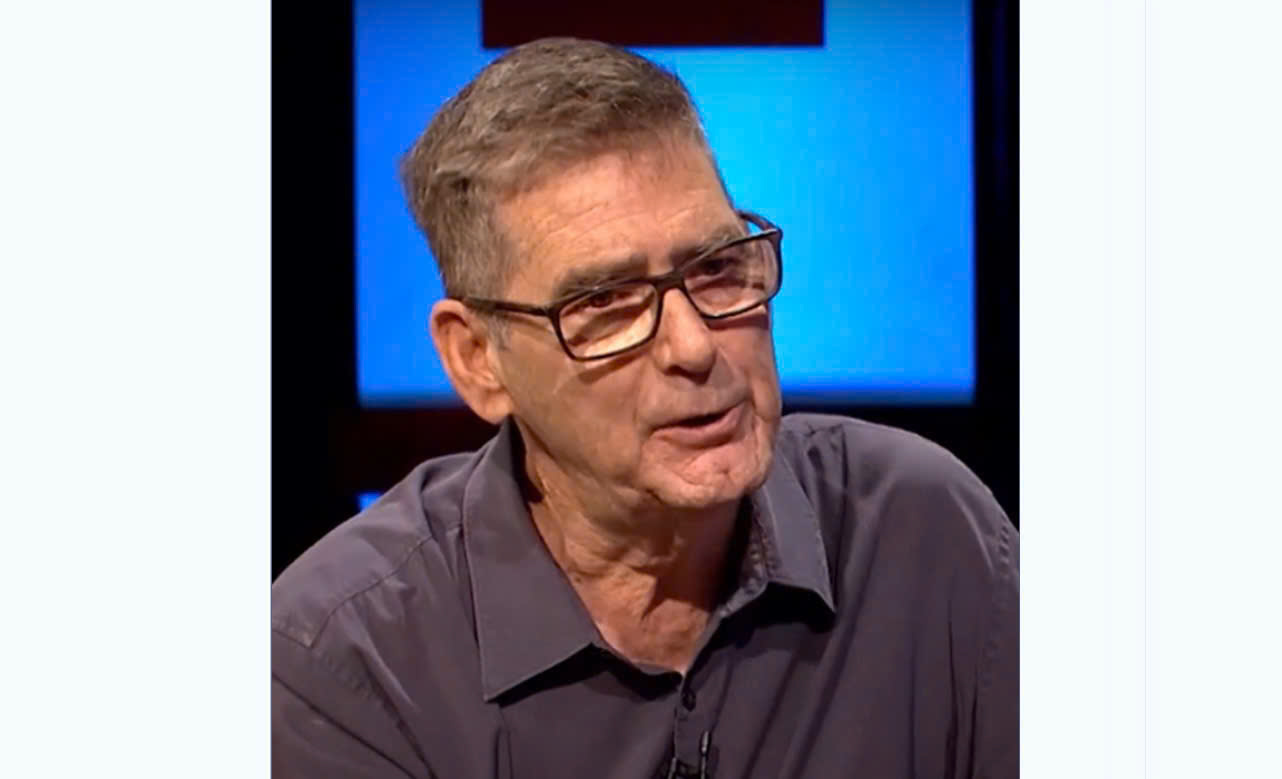
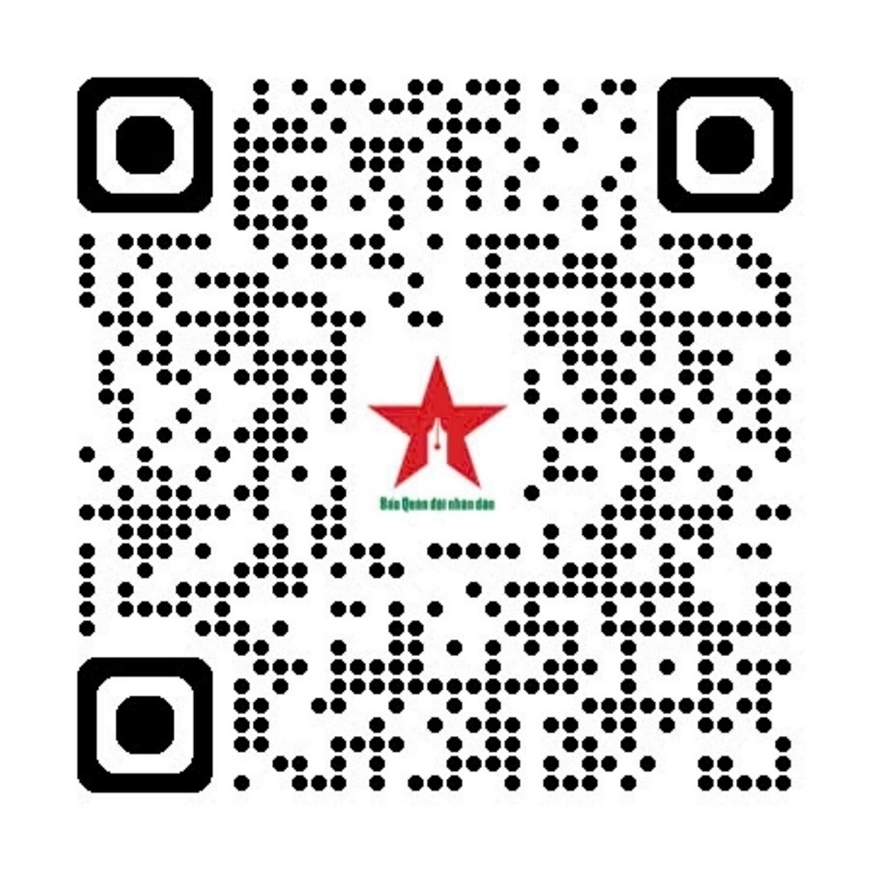
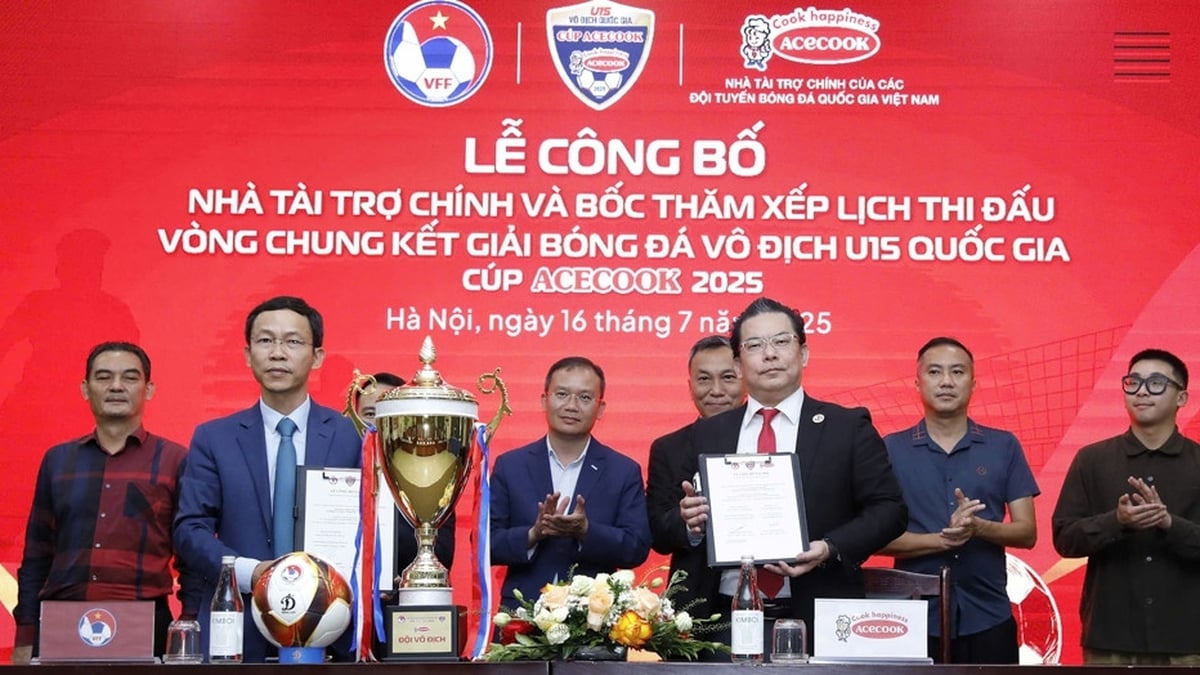
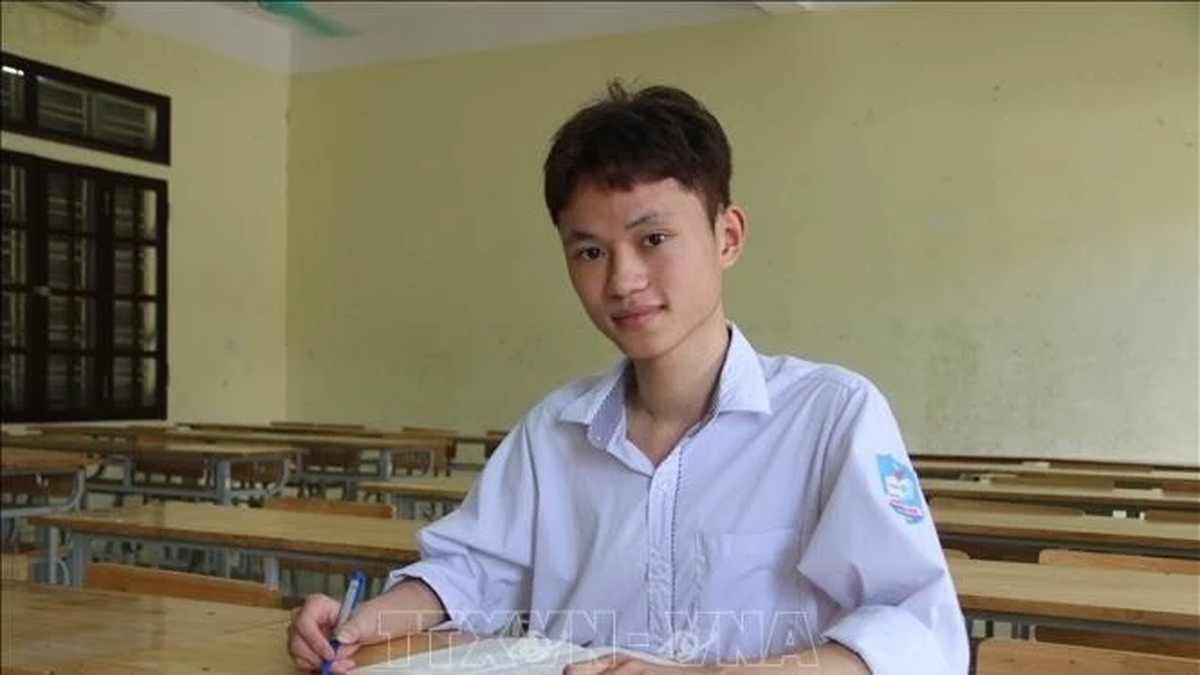
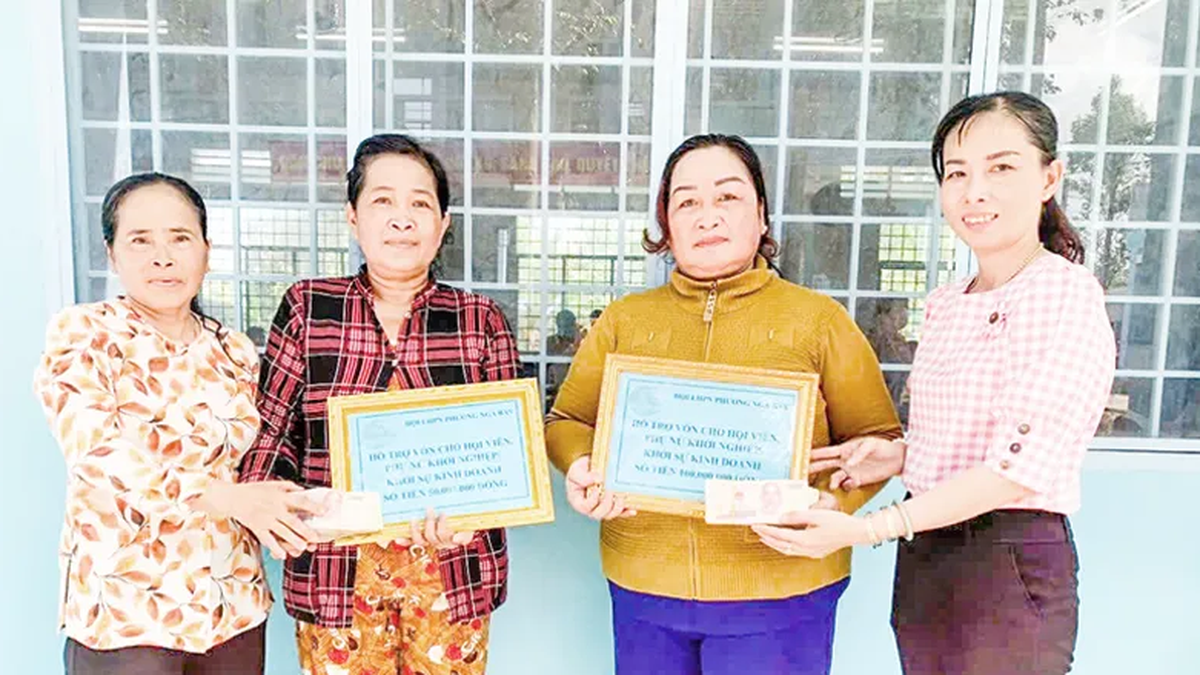
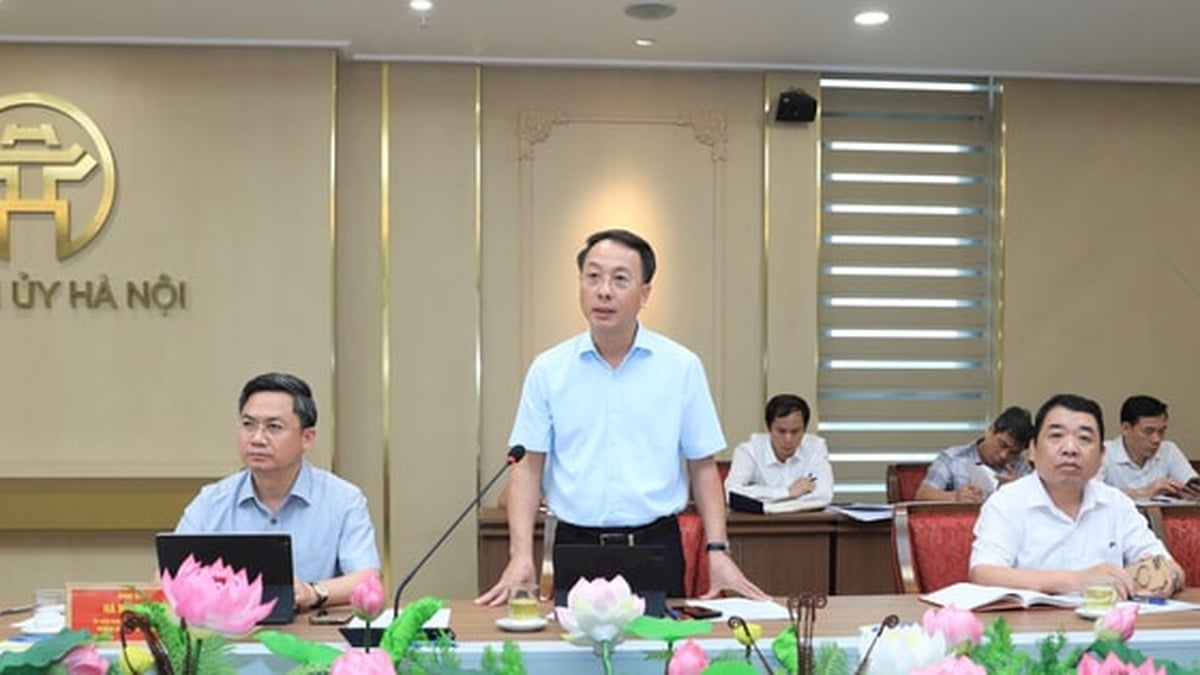
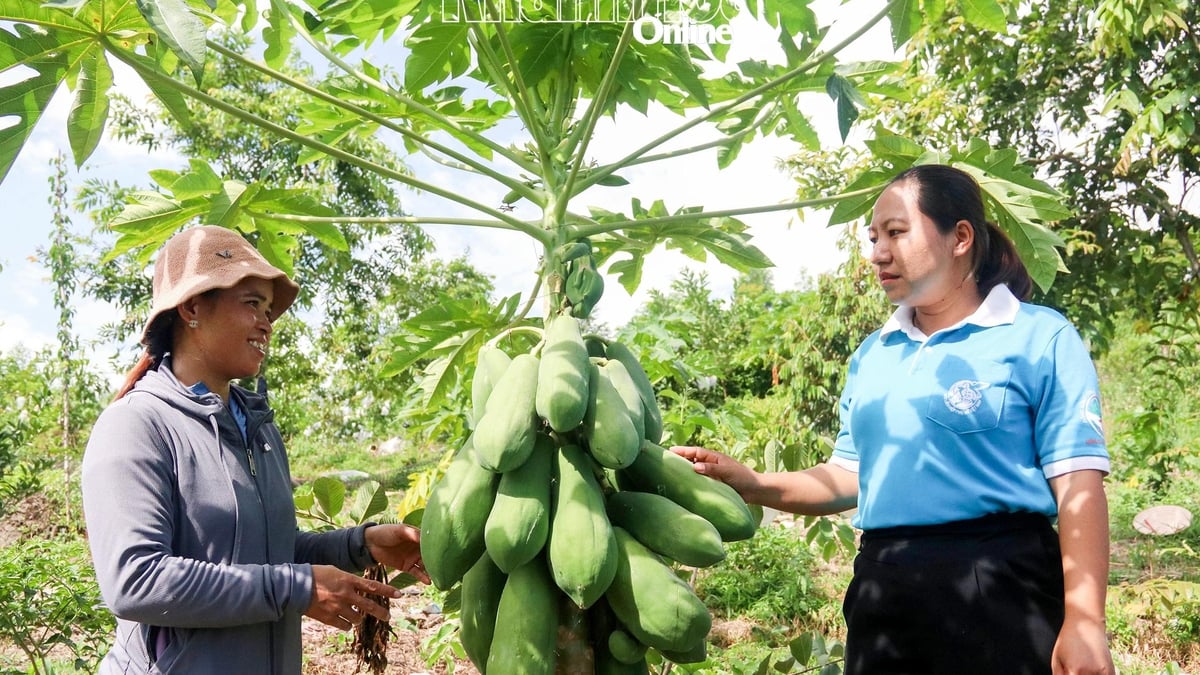
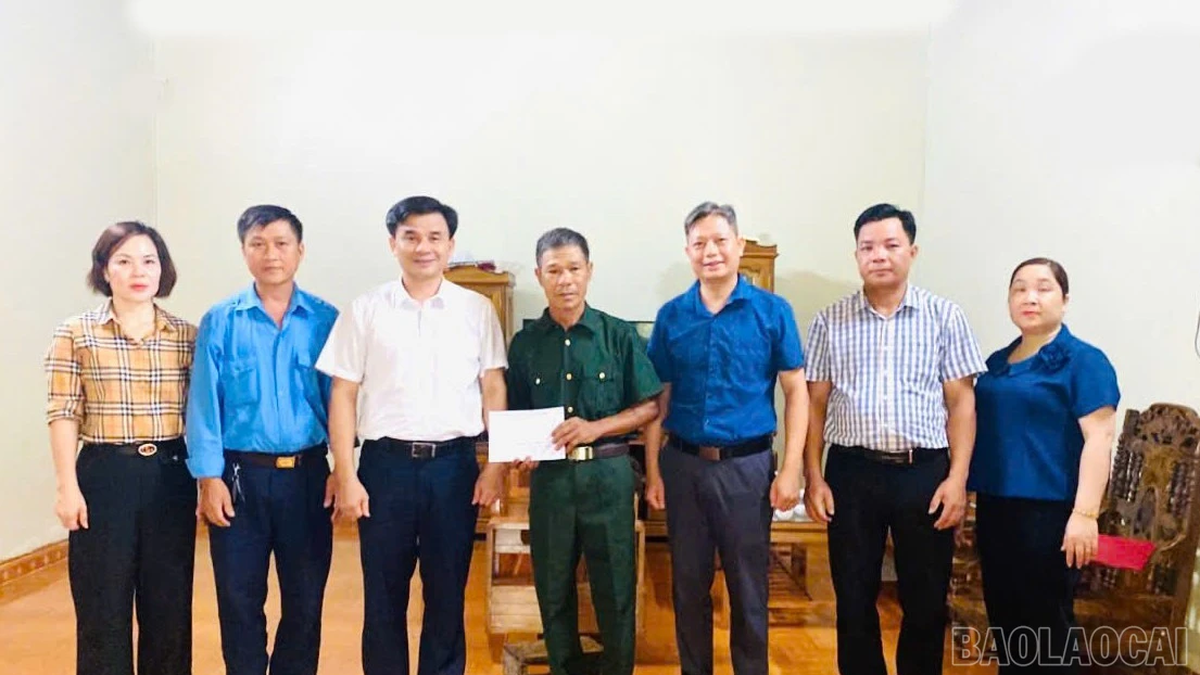
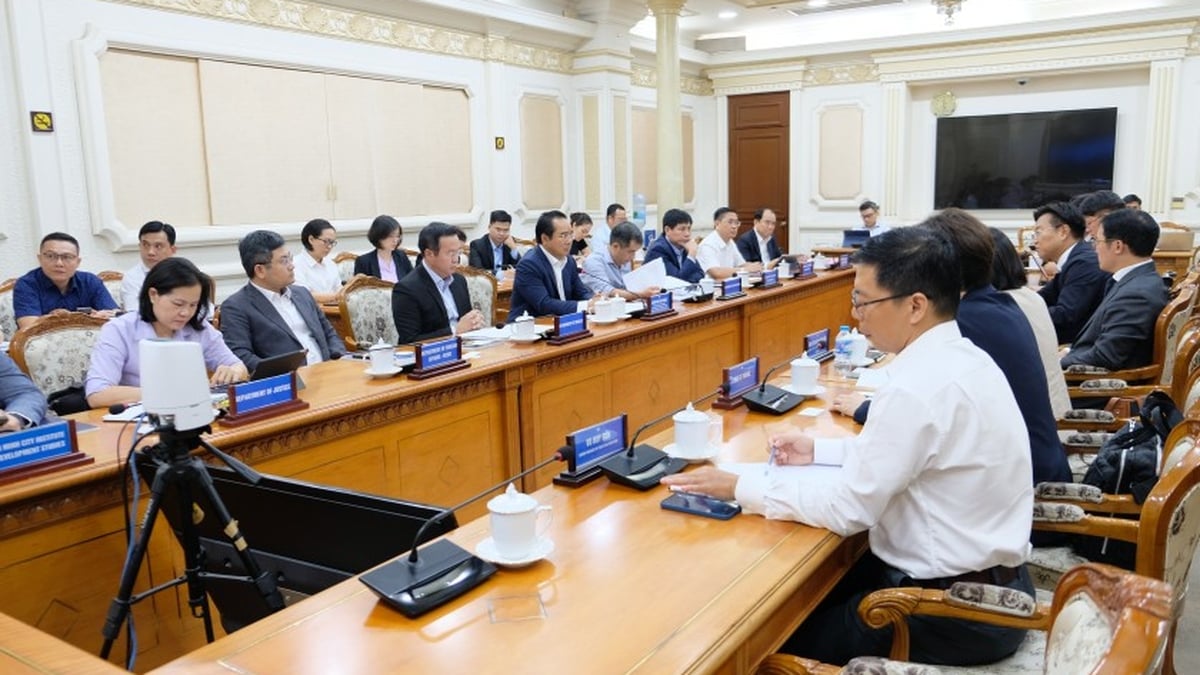
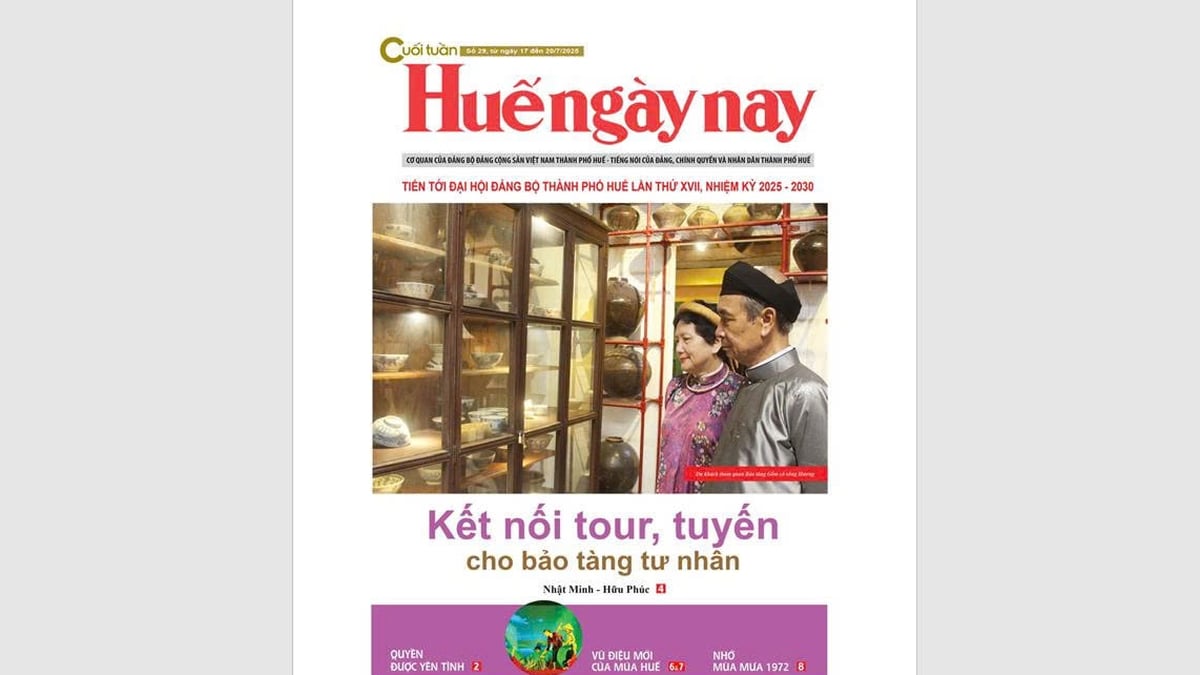
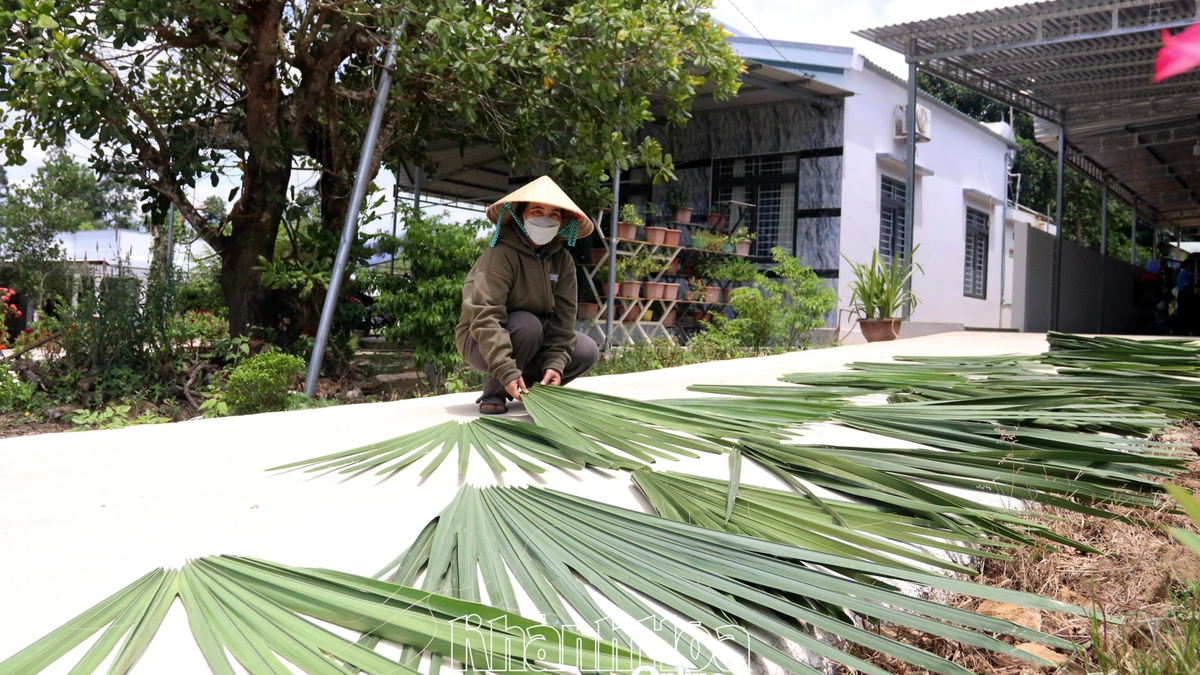
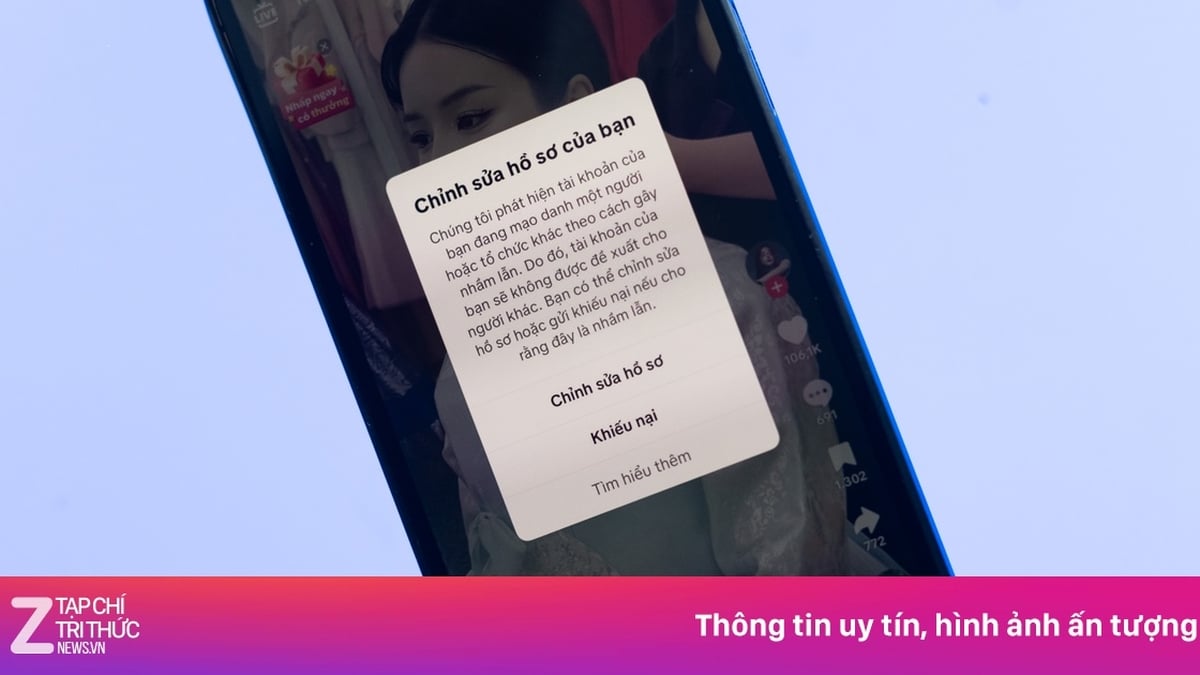







































![[Maritime News] More than 80% of global container shipping capacity is in the hands of MSC and major shipping alliances](https://vphoto.vietnam.vn/thumb/402x226/vietnam/resource/IMAGE/2025/7/16/6b4d586c984b4cbf8c5680352b9eaeb0)













































Comment (0)